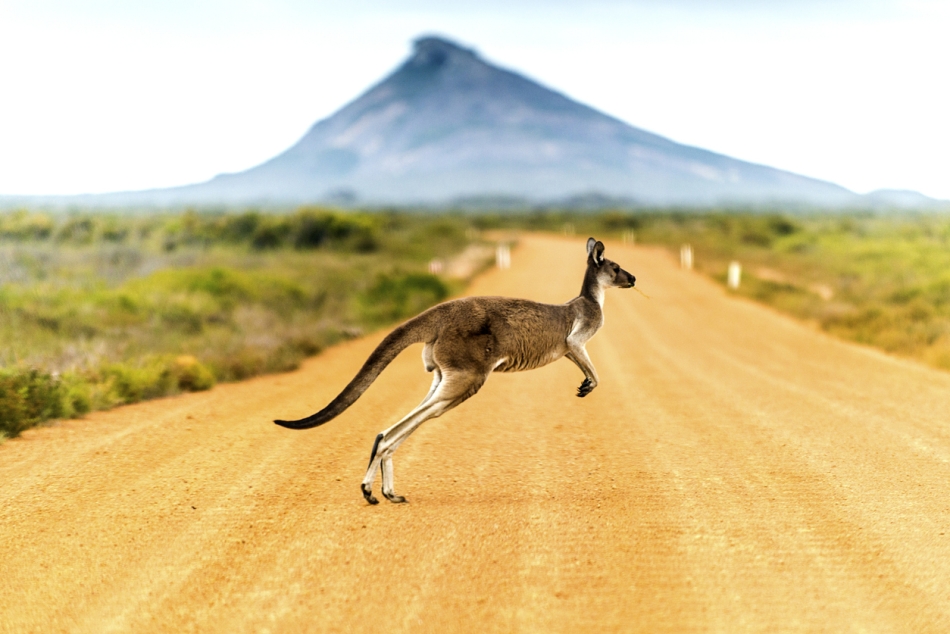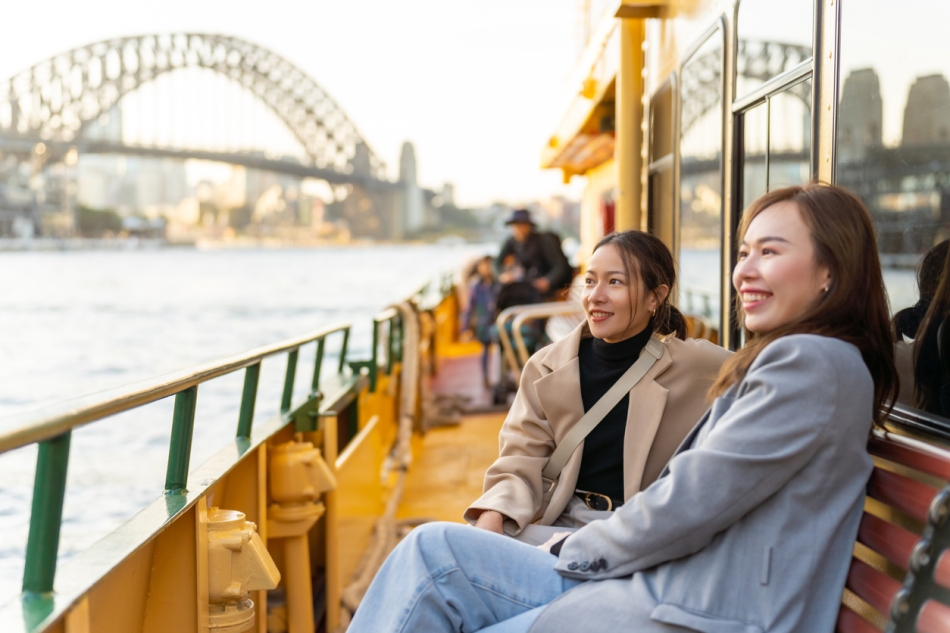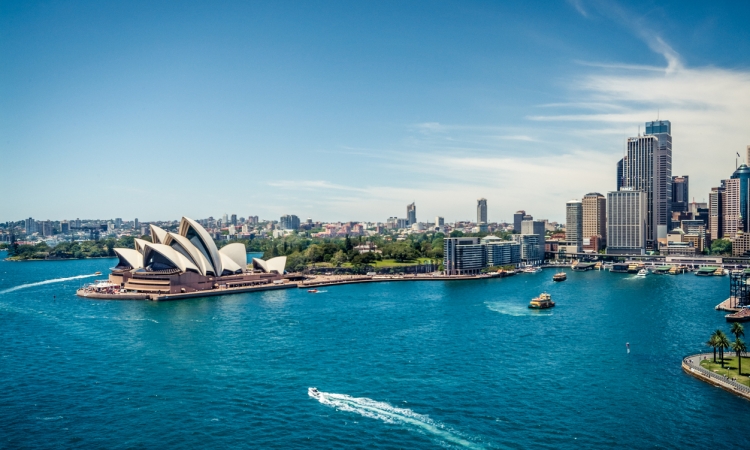Relocating from the US to Australia is an exciting opportunity filled with adventure and new experiences. However, making such a significant international move requires careful preparation. From understanding visa requirements to packing and adjusting to a new lifestyle, there are numerous factors to consider. This guide provides the insights and tips you need to ensure a smooth transition to your new life in Australia.
Why are so many Americans moving to Australia?
Australia’s high quality of life, safety, and work-life balance are key attractions for Americans. Additionally, the country offers excellent healthcare, education, and economic opportunities.
Lifestyle differences
- Australians value outdoor activities and leisure time.
- Workplaces often emphasize a healthy work-life balance.
- Local etiquette may differ, so take time to learn common social norms.
Tip: Participate in local events and community activities to build connections and integrate into Australian society.
How hard is it for an American to move to Australia?
 Moving to Australia as an American is achievable, but the complexity depends on your circumstances. The visa process is one of the most challenging aspects, as it requires meeting strict eligibility criteria. For example, skilled migration visas are points-based, requiring qualifications, work experience, and sometimes a skills assessment. Other visa options, like family or employer-sponsored visas, depend on having close relatives or job offers in Australia.
Moving to Australia as an American is achievable, but the complexity depends on your circumstances. The visa process is one of the most challenging aspects, as it requires meeting strict eligibility criteria. For example, skilled migration visas are points-based, requiring qualifications, work experience, and sometimes a skills assessment. Other visa options, like family or employer-sponsored visas, depend on having close relatives or job offers in Australia.
Additionally, you must navigate the financial and logistical hurdles of an international move. These include covering visa fees, arranging for shipping belongings, and adjusting to differences in healthcare, banking, and cultural norms. While these challenges may seem daunting, proper planning, research, and assistance from professionals can make the transition smoother.
Tip: Consult with a migration agent to better understand the requirements and increase your chances of a successful application.
Understanding the visa process for moving from the US to Australia
Securing the correct visa is a fundamental step when moving to Australia. The visa application process can seem daunting, but breaking it into manageable steps helps simplify the journey. Americans often choose between skilled migration visas, family visas, and employer-sponsored visas. Each visa type has specific eligibility criteria, so understanding your options is critical.
Types of visas for moving to Australia
- Skilled Migration Visa: For professionals whose occupations are listed on the Skilled Occupation List. Applicants must pass a points-based assessment.
- Family Visa: For individuals joining family members already residing in Australia.
- Employer-Sponsored Visa: Requires a job offer from an Australian employer willing to sponsor your relocation.
- Student Visa: Ideal for individuals pursuing education in Australia.
- Temporary Work Visa: For those seeking short-term employment opportunities.
Tip: Begin your visa application process early to accommodate potential delays in processing times.
What vaccinations do you need to move to Australia?
The Australian Government requires travelers to meet certain health standards. While there are no specific vaccinations mandated solely for entry, it is advisable to be up-to-date with routine vaccinations like:
- Measles, mumps, and rubella (MMR)
- Tetanus, diphtheria, and pertussis (Tdap)
- Influenza (seasonal flu shot)
- Hepatitis A and B
For individuals traveling from countries with a high risk of yellow fever, proof of yellow fever vaccination may be required.
Tip: Consult with a healthcare provider well in advance to ensure you meet all health and vaccination requirements before traveling.
How much does it cost to move from the US to Australia?
Financial readiness is crucial for a successful move. The costs associated with relocating can include visa application fees, airfare, shipping expenses, and initial living costs.
Estimated Costs:
- Visa Fees: Vary by visa type (e.g., skilled migration visas start at $4,000 AUD).
- Airfare: Approximately $1,000-$2,000 USD per person, depending on the season.
- Shipping Belongings: Costs depend on the volume of items and the shipping method.
- Temporary Accommodation: Budget for at least one month of living expenses while you settle in.
Tip: Create a budget that includes a buffer for unexpected expenses to avoid financial stress.
Can an American move to Australia without a job?
Yes, but it depends on the visa type. For example, the Skilled Independent Visa does not require an employer sponsorship but requires a skills assessment. This assessment ensures that your qualifications align with Australian standards.
Employment and skills assessment
Employment and skills assessment is a vital part of the process for Americans seeking to work in Australia. Whether you’re applying for a skilled migration visa or exploring job opportunities, understanding the qualifications and criteria required by Australian authorities is essential.
Skilled Occupation List
The Skilled Occupation List is a dynamic list that includes professions in high demand in Australia. Occupations like healthcare workers, engineers, IT professionals, and tradespeople are commonly featured. Meeting the criteria for these professions increases your chances of obtaining a skilled visa.
Tip: Research the most recent Skilled Occupation List to determine if your profession qualifies.
Shipping belongings to Australia
Shipping your possessions internationally requires meticulous planning. Familiarize yourself with Australian customs regulations, as certain items—such as plants, seeds, and untreated wood products—are prohibited.
Packing tips
- Use durable, waterproof materials to protect your items during transit.
- Label boxes clearly for easier unpacking.
- Ensure fragile items are securely wrapped and cushioned.
Tip: Consider decluttering before packing to reduce shipping costs and simplify your move.
Adjusting to life in Australia after your move
 Relocating to Australia involves more than unpacking your belongings; it requires integrating into a new environment. Start by setting up essential services such as opening a local bank account and obtaining a Tax File Number (TFN) to work legally. You’ll also need a mobile phone plan suited to your communication needs and, if eligible, register with Medicare, Australia’s public healthcare system. Finding housing is another priority—consider temporary accommodations while exploring neighborhoods to find the perfect fit.
Relocating to Australia involves more than unpacking your belongings; it requires integrating into a new environment. Start by setting up essential services such as opening a local bank account and obtaining a Tax File Number (TFN) to work legally. You’ll also need a mobile phone plan suited to your communication needs and, if eligible, register with Medicare, Australia’s public healthcare system. Finding housing is another priority—consider temporary accommodations while exploring neighborhoods to find the perfect fit.
Building a routine is also important. Familiarize yourself with local transportation, grocery stores, and social norms. Joining community groups or attending local events can help you connect with others and ease the transition.
Tip: Research neighborhoods before committing to a rental or purchase to ensure it aligns with your lifestyle and commuting preferences.
Health insurance in Australia
Australia’s public healthcare system, Medicare, provides subsidized healthcare services to citizens and eligible permanent residents. However, private health insurance is recommended to cover treatments not included in Medicare, such as dental, optical, and physiotherapy services. Private insurance can also reduce wait times for elective surgeries and offer access to private hospitals.
If you’re not eligible for Medicare, holding private health insurance is mandatory as part of certain visa requirements. Compare plans from different providers to find one that suits your needs and budget.
Tip: Look into reciprocal healthcare agreements between the US and Australia, as they may offer limited coverage during your initial months.
Moving from the US to Australia is a transformative experience that involves significant preparation and adaptability. From navigating visa requirements to packing and settling into your new environment, each step is an opportunity to ensure a smooth transition. By staying organized and informed, you can embrace life in Australia with confidence and excitement.


